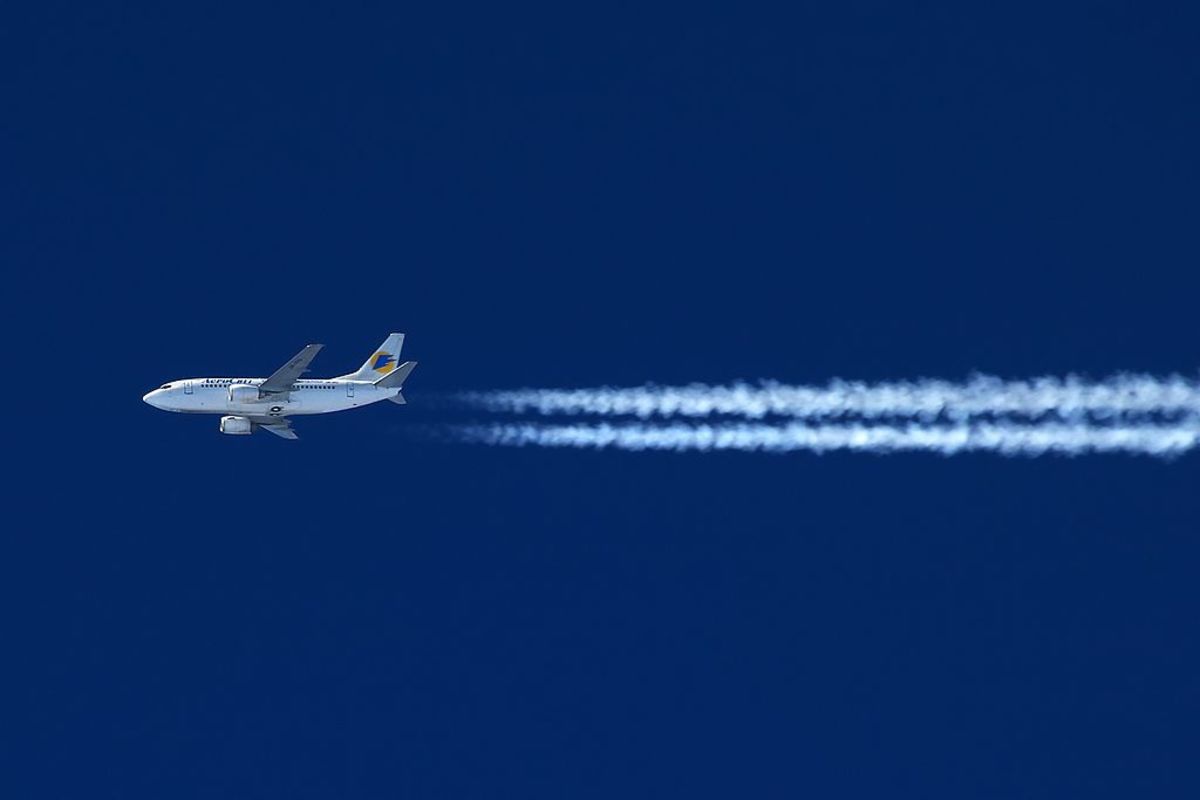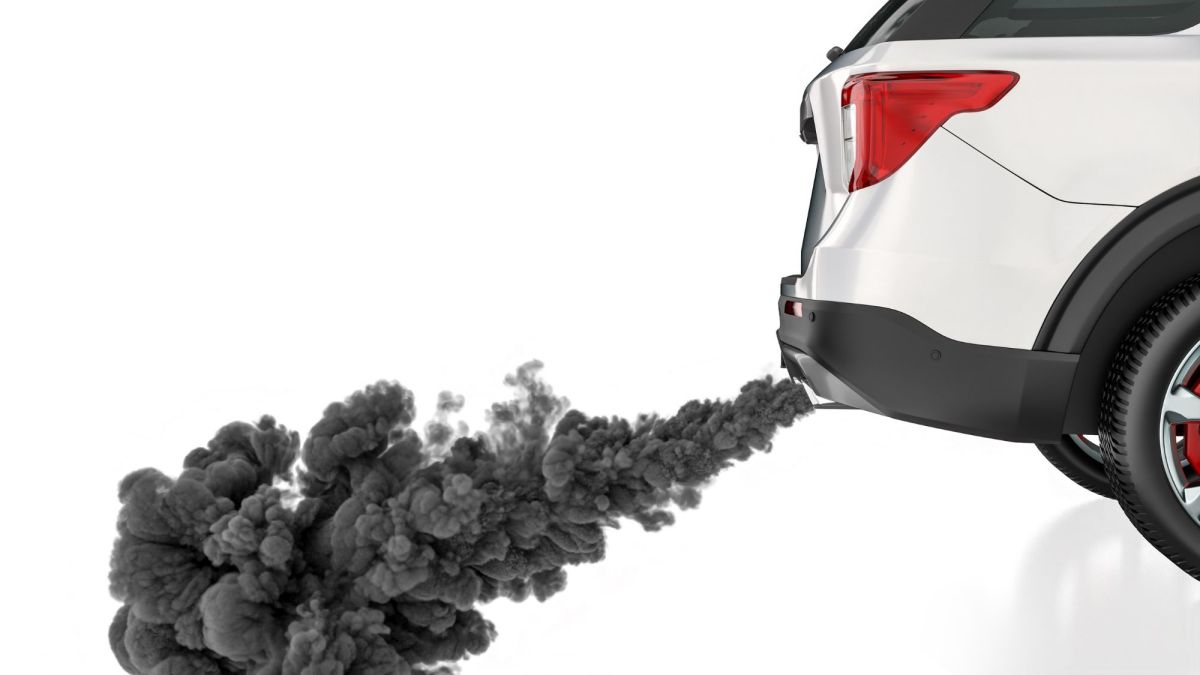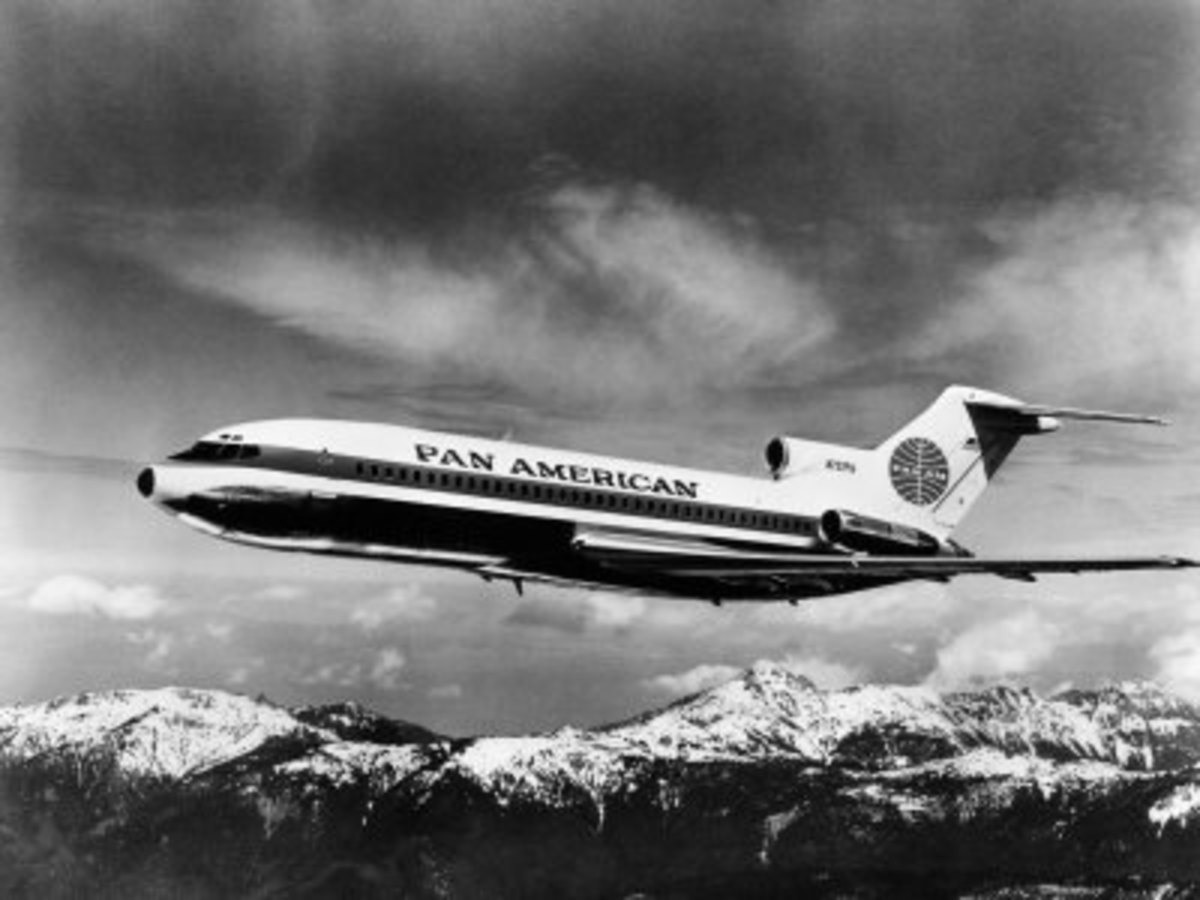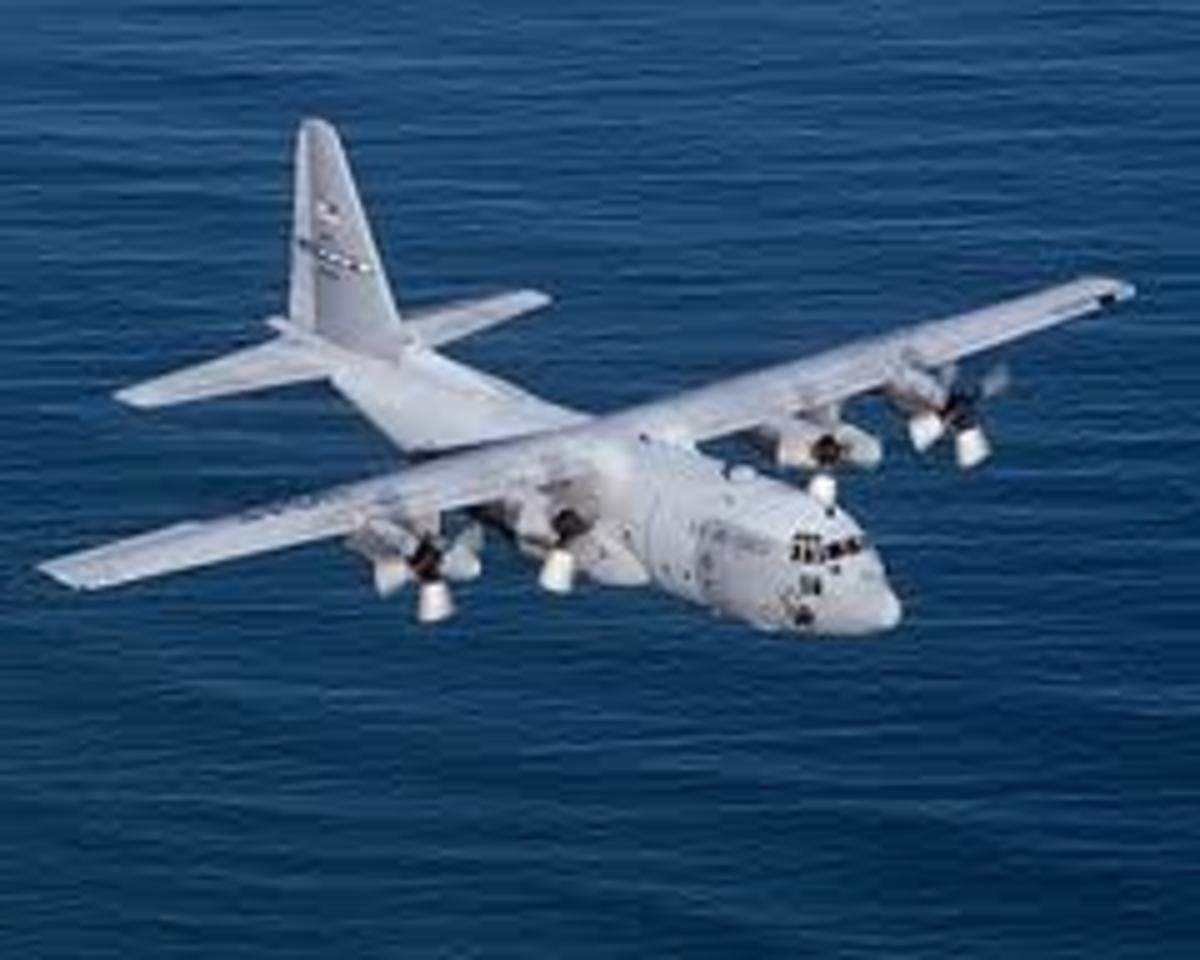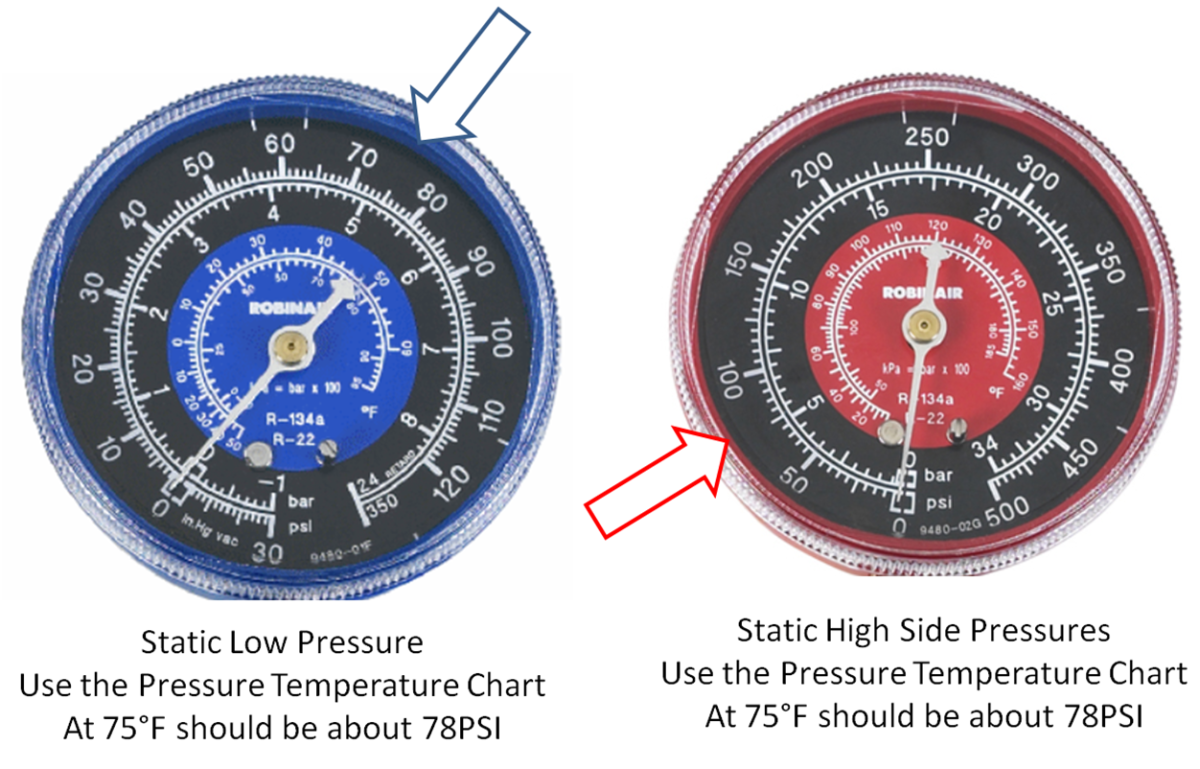Jet engine

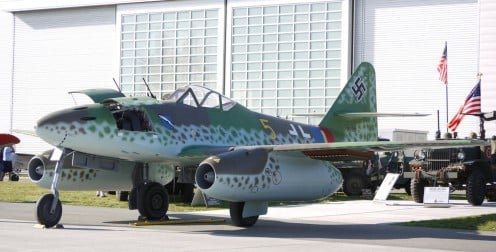
What is a jet engine?
Jet engines are gas turbine engines. A jet engine delivers thrust by accelerating a relatively small mass of air to very high velocity, thus creating a forward momentum. The jet engine was pioneered in early WW2 and saw active action in its last 2 years. Although relatively new invention the jet engine almost had a total make over from the early ones. The fist working model of Jet engine took up a haul room, and it almost blew it up in a test run. The main principal behind that engine is to intake the largest amount of air possible, compress it us much as technically possible, add fuel to it and then burn the hell out of it.
The idea
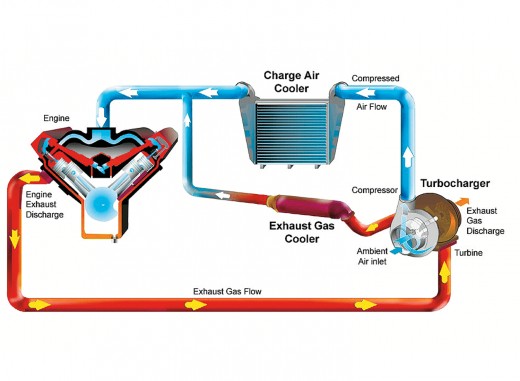
The idea came from another device in use during WW2, the turbo charger which weer widely used to boost aircraft efficiency and performance. Turbochargers nowadays are commonly known as turbos. Driven by exhaust fumes from the exhaust outlet, spin a small turbine, pushing air with high pressure to the engine intake manifold, greatly increase efficiency at higher altitudes. That greater pressure gave the aircraft the much needed oxygen to ignite the fuel at higher altitudes where the air is less dense. But that design had a great deficiency, the piston engines itself. So they thought what the hell, we will get rid of it.
In essence the pure jet engine is a super scaled turbocharger, with different configuration. The turbocharger is divided in 2 parts:
1) The compressor section (Cold section)-Housing the compressor wheel, that compresses the incoming fresh air and routes it to the inlet manifold.
2) Turbine section (Hot section)-Housing the turbine that harvest the momentum of the exhaust gasses, spinning the shaft. The shaft transiting the torque from the turbine to the spins the compressor wheel
How jet engines work?
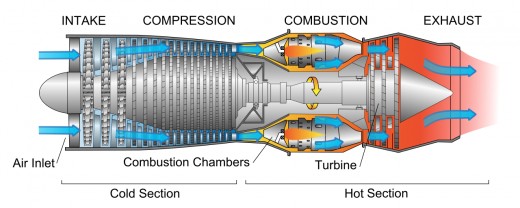
Now if you add a combustion chamber to that you have a pure jet engine or else turbojet. Air is driven by the compressor into the engine intake, through the compressor blades is compressed and then injected with fuel combusted. But unlike the common internal combustion engines the jet engine, instead of using the power of the combustion as a driving force, uses the exhaust gasses to drive itself and accelerate. The higher the RPM the higher the power output of the jet engine. The higher the power output the greater mass of hot air jetted backwards developing power.
What is a turbofan engine?
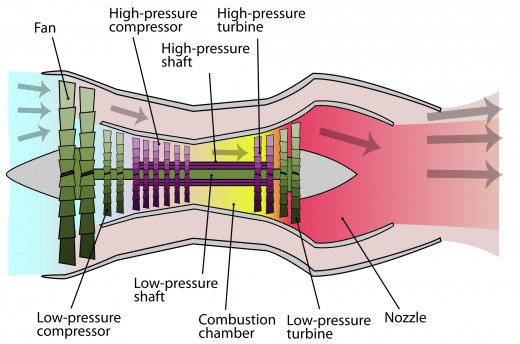
An evolution of that engine is the one now found at all commercial aircraft. The Turbofan Jet engine utilizes a big fan in front of the compressor to optimize the airflow for takeoff and lower flight level flights, by bypassing air around the engine itself. But it suffers a power decrease at higher altitudes in comparison to the pure jet engines. In the case of the turbofan engine a great percent of thrust output comes from the bypassed air (30-60%), unlike the pure jet that the full thrust comes from hot fumes exhausted in a stream backwards. On the other hand turbofan engines are bulky, and have huge frontal surface. This makes them unsuitable for most fighter aircraft and supersonic flight. If the airframe is designed correctly turbofans may be used for supersonic flights, BUT they are on a huge disadvantage compared to turbojets.
Turboprop engines
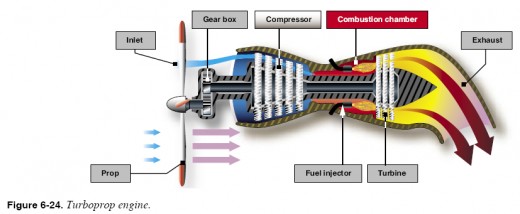
Turboprop is an other method of utilizing a gas engine. Many time turboprop engines a re considered separately than turbofans. But the main concept remains the same. The combustion proses more or less is the same, but we have many flow inversions on a turboprop engine. A turboprop engine, doesn`t produce thrust through combustion. Instead, a turboprop engine uses a shaft to deliver the power created through combustion to a gearbox. The gearbox with the help of a governor turns a prop. The rotation of the prop is what develops thrust for the aircraft.
Other gas turbine engines
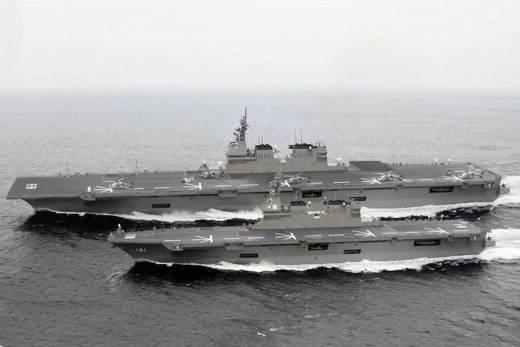
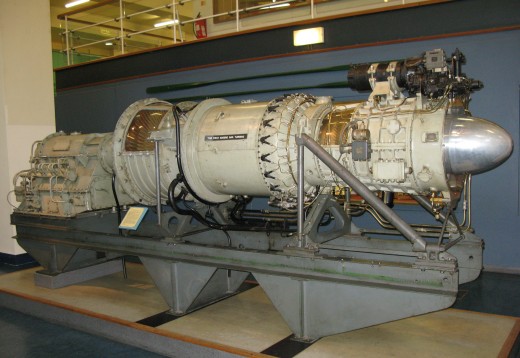
Jet engines that are NOT used for aviation uses are called gas generators or gas turbines (engines). They have a huge variety of roles. Most common applications are power generators, train (locomotive) engines, ship engines. They deliver a stupendously big amount of power form an extremely combat package saving space. Also gas engines are far easier to maintain than diesel engines, can provide hot airflow for industrial applications and basically can run with any type of fuel. UKs aircraft carriers and US navies cruisers use gas generators as main source of propulsion.

